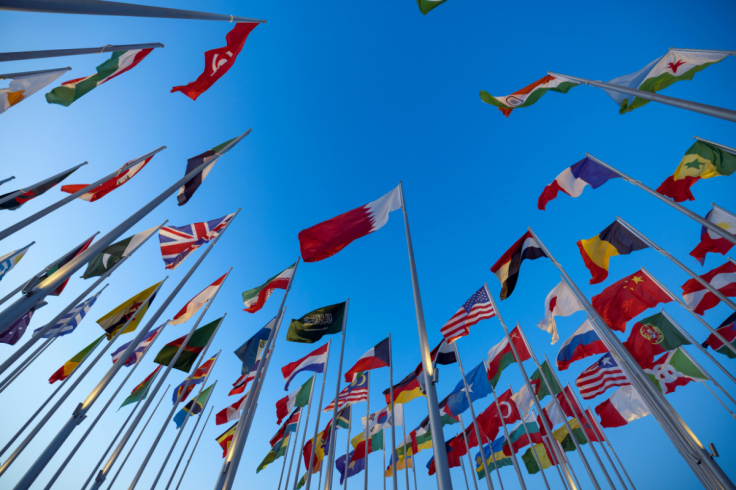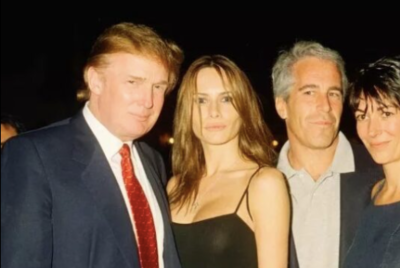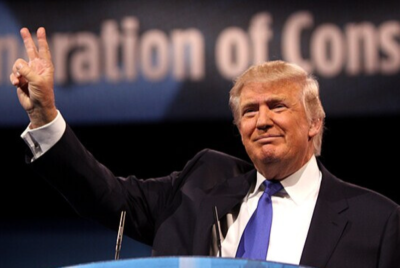What Is the G7 Summit: Where It's Held, Who Attends and Why Donald Trump Left Early
President Trump, attending his first G7 since 2019, left the summit on 16 June, a day earlier than planned, citing the intensifying Israel-Iran conflict.

The sudden departure of US President Donald Trump from the ongoing 51st G7 Summit in Canada back to Washington brought the spotlight to the annual gathering of leaders from the world's most powerful democracies.
Trump cutting short his attendance by a full day on 16 June, a day earlier than planned, highlighted his preference for independent action over multilateral consensus in the escalating situation in the Middle East, with the US President issuing an ominous warning to Tehran residents to 'immediately evacuate' their capital city.
The G7 Summit, taking place from 15-17 June in Kananaskis in Alberta, Canada, is expected to focus on trade relations and global security cooperation among the world's leading democracies. However, the escalating Iran-Israel crisis dominated discussions throughout Monday's proceedings.
G7 Summit is a critical forum for tackling global challenges like trade, security, and climate change.
Understand the G7's Role and Reach
The G7, or Group of Seven, comprises Canada, France, Germany, Italy, Japan, the United Kingdom, and the United States, representing about 44% of global GDP despite accounting for just 10% of the world's population.
Established in 1975 as the G6 (before Canada joined), the summit fosters coordination on pressing issues like global trade, security, and economic stability.
The 2025 agenda, as outlined by Al Jazeera, focused on protecting communities, building energy security, and securing future partnerships, though discussions were overshadowed by the escalating Israel-Iran conflict.
Hosted in the remote, scenic Kananaskis region, previously the site of the 2002 G8 Summit, the event aimed to facilitate candid dialogue among leaders in a secure setting.
Meet the Key Players in Attendance
The 2025 summit saw leaders from all G7 nations, including first-timers like British Prime Minister Keir Starmer, Canadian Prime Minister Mark Carney, Japanese Prime Minister Shigeru Ishiba, and German Chancellor Friedrich Merz, alongside veterans like French President Emmanuel Macron.
European Union representatives, such as European Commission President Ursula von der Leyen, also attended.
Host Carney invited non-G7 leaders from Mexico, India, Australia, South Africa, South Korea, Brazil, and Ukraine, with Ukrainian President Volodymyr Zelenskyy seeking support against Russia's ongoing aggression.
Reuters notes that the diverse guest list reflected efforts to address global issues like trade tariffs and regional conflicts, though Trump's presence dominated headlines due to his controversial stances.
Unpack Trump's Early Exit
President Trump, attending his first G7 since 2019, left the summit on 16 June, a day earlier than planned, citing the intensifying Israel-Iran conflict.
The White House, via Press Secretary Karoline Leavitt, announced on X that Trump needed to return to Washington to monitor Middle East developments, particularly after urging Tehran's residents to evacuate amid escalating tensions.
NBC News reports Trump opted not to sign a G7 joint statement calling for de-escalation between Israel and Iran, signaling his focus on unilateral US action.
His departure meant missing scheduled meetings with Zelenskyy and Mexican President Claudia Sheinbaum, frustrating allies hoping to secure his commitment on Ukraine and trade.
X posts reflected mixed sentiment, with some users praising Trump's focus on global security and others criticizing his abrupt exit as disruptive.
Global Unity Tested by Tensions
The 2025 G7 Summit underscored the delicate balance of global cooperation amid rising geopolitical tensions as the summit highlighted growing strains within the G7 alliance, particularly over approaches to global conflicts.
Trump openly criticised the exclusion of Russia from what was once the G8, telling Canadian Prime Minister Carney: 'This was a big mistake,' suggesting Russia would not have invaded Ukraine in 2022 had Putin not been ejected.
Trump also revealed his ongoing communication with Russian President Vladimir Putin, stating: 'Putin speaks to me. He doesn't speak to anybody else... he's not a happy person about it'.
Despite the overshadowing Middle East crisis, Trump did finalise a trade agreement with the United Kingdom, slashing tariffs on goods between the two nations. However, the deal excludes steel tariffs, which remain at 25% as negotiations continue.
The G7 has struggled to find unity over conflicts in Ukraine and the Israel-Iran situation, with Trump having imposed tariffs on many of the allies present at the summit.
As world leaders grapple with escalating conflicts from Eastern Europe to the Middle East, the Kananaskis gathering may be remembered not for what was accomplished but for what was left unfinished when crisis demanded immediate attention over diplomatic protocol.
© Copyright IBTimes 2025. All rights reserved.



















